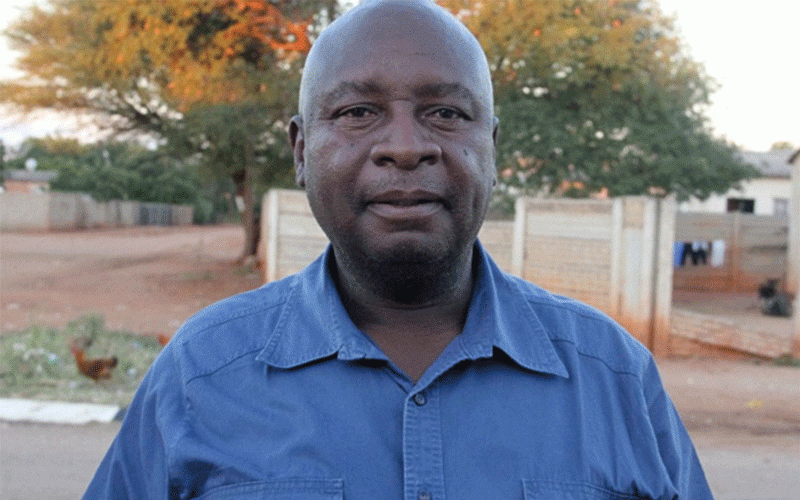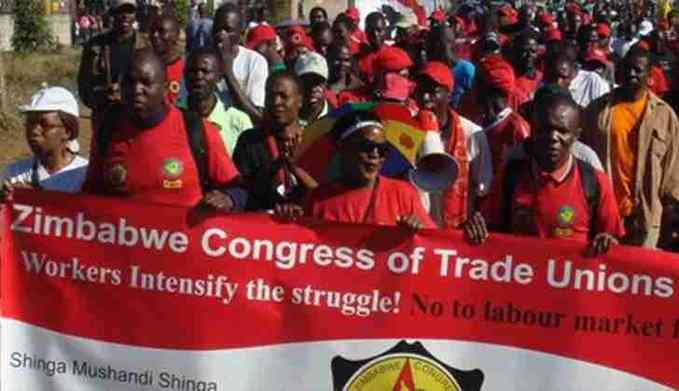
GOVERNMENT has approved 27 out of 28 projects from independent power producers (IPPs) amid a rising backlog in unapproved applications at a time when Zimbabwe is facing incessant power cuts.
It is understood that unapproved applications are nearing 130.
“IPPs express interest but for them to get a guarantee they have to meet certain criteria. It is not all of them that have been licensed that have met those criteria for receiving a guarantee,” Energy and Power Development minister Edgar Moyo told NewsDay Business in an interview on Wednesday following the launch of a World Bank report.
“There is a committee that set criteria for eligibility to get into the criteria and that committee has so far approved 27/28 IPP projects. And remember, there has been a risk factor in running ahead with guarantees for IPPs without a cost reflective tariff because that was going to put squarely the liability on the government.”
The rise in unapproved IPP applications comes as Zimbabwe is estimated to be losing at least 6,1% of its gross domestic product or US$1,27 billion annually due to power cuts, according to the World Bank report released on Wednesday.
For years, Zimbabwe’s energy generation has been declining leading to daily power cuts of several hours due to poor energy production at its two top sources, namely, the Kariba South Hydro Power Station and Hwange Thermal Power Station.
Generation from the Kariba station is declining owing to low water levels caused by climate change, while at Hwange the machinery is old, antiquated and not regularly maintained.
Moyo said the situation was compounded by the fact that the Zimbabwe Electricity Transmission and Distribution Company was an off-taker and thus, incapacitated by the non-cost reflective tariff.
- $10m allocated for hospital rehabilitation
- $10m allocated for hospital rehabilitation
- Zim has 2nd highest rising food prices: WB
- 'Market discipline difficult to maintain'
Keep Reading
“So, now that we are moving towards cost reflectivity, we think there is going to be an acceleration of the issuance of guarantees for implementation,” Moyo added.
“But, we have over 120, nearly 130, projects which are still on the way to approval. We cannot say they have been rejected, no. They are still setting up their own systems and improving their eligibility.”
Existing power generation challenges are leaving the country able to generate between 1 000 megawatts (MW) and 1 500MW against a national demand of over 2 000MW.
Despite the potential of IPPs, they are contributing 3% to the national grid.
“Limited private sector participation is also holding back government’s ability to ensure reliable energy supply and expand access. Overall opportunities for private sector investment have expanded,” the World Bank said.
“By January 2020, the regulator had issued generation licences to projects with a combined total of 6 500MW and by December 2022, 27 independent power producers with an estimated total capacity of 1 000MW were recommended for government support. Despite this, many of the licensed projects fail to reach financial closure, suggesting financing constraints and/or inadequate risk mitigation instruments for investors and lenders.”
The 6 500MW comprises 5 050MW of coal, 1,152MW solar PV, 345MW gas, and 33MW mini-hydro.
The World Bank said private investment in energy was held back in part by insufficient technical regulations and incentive structures that have limited distribution licences.
“The system also suffers from challenges around licensing for investors and operators of small-scale energy investments (eg, mini-grids) that lead to uncertainty and hold back investments. Lastly, Zimbabwe’s macro-economic instability raises investors risks and limits financing,” the Bretton Woods institution said.











